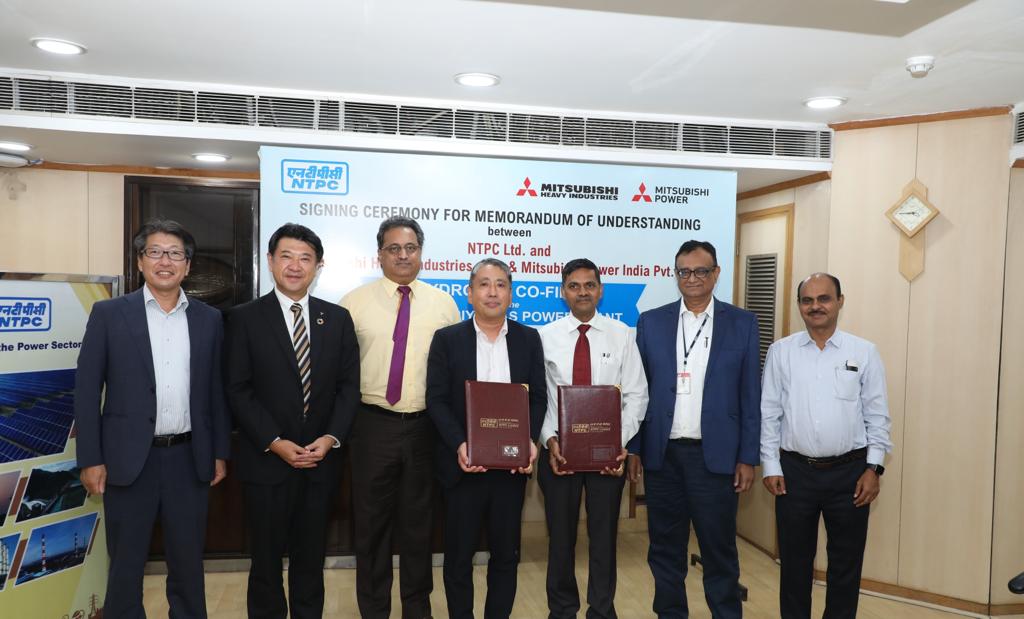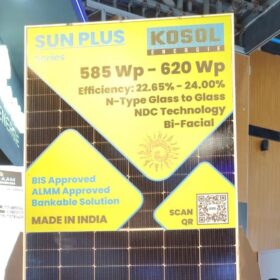India’s largest power producer NTPC Ltd has signed a Memorandum of Understanding (MoU) with Mitsubishi Heavy Industries, Ltd. Japan (MHI) and its arm Mitsubishi Power India to demonstrate the feasibility for hydrogen co-firing blended with natural gas in MHI’s 701D gas turbines installed at NTPC Auraiya gas power plant in Uttar Pradesh.
The Auraiya Gas Power Plant has cumulative installed capacity of 663 MW with four gas turbines operating in combined-cycle mode.
“Hydrogen co-firing in gas turbines can play a key role in reducing CO2 emissions. NTPC is exploring various new hydrogen generation technologies along with hydrogen usage so as to ensure future readiness, develop the required capabilities, and technical expertise, and align with the national decarbonizing and hydrogen mission targets,” stated NTPC.
Under this MoU, NTPC and MHI will collaborate to carry out the study and identify key actions for introducing hydrogen co-firing at NTPC Auraiya gas-based combined cycle power plant. The study will identify key actions for co-firing for various percentages of hydrogen such as 5%, 15%, 30%, 50%, and 100%. NTPC will supply the hydrogen required for the project.
This content is protected by copyright and may not be reused. If you want to cooperate with us and would like to reuse some of our content, please contact: editors@pv-magazine.com.









By submitting this form you agree to pv magazine using your data for the purposes of publishing your comment.
Your personal data will only be disclosed or otherwise transmitted to third parties for the purposes of spam filtering or if this is necessary for technical maintenance of the website. Any other transfer to third parties will not take place unless this is justified on the basis of applicable data protection regulations or if pv magazine is legally obliged to do so.
You may revoke this consent at any time with effect for the future, in which case your personal data will be deleted immediately. Otherwise, your data will be deleted if pv magazine has processed your request or the purpose of data storage is fulfilled.
Further information on data privacy can be found in our Data Protection Policy.